2 Views· 05 July 2022
How A SoCal Surfer Became One Of America's Richest Self-Made Women By Selling Sweatpants | Forb
If there’s anyone who embodies the SoCal spirit, it’s Paige Mycoskie. Blue-eyed and sun-kissed with a mess of wavy blonde hair, the Aviator Nation founder looks like she just stepped off a surfboard. “Being in the water is huge for me—I’m a Pisces,” says Mycoskie, arriving at an Aviator Nation outpost in Austin, Texas, where she also has a home. She might be more than 1,000 miles from the Pacific, but she’s in a half-buttoned Hawaiian shirt, ripped jeans and a pair of dark-tinted Aviator (natch) sunglasses. Nailed to the walls around her are surfboards, waterskis and Jimi Hendrix posters, all things she collects.
But don’t let her laid-back look and breezy talk fool you. The 42-year-old has worked her way from stitching together T-shirts on her Venice Beach kitchen table 16 years ago to running one of the nation’s hottest fashion brands, which is especially popular in TikTok nation. Known for its pricey smiley-face sweatpants ($160) and retro-looking rainbow-striped zip-up hoodies ($190), Aviator Nation took off during the pandemic as homebound teens and twentysomethings swapped designer denim for soft sweats.
The company increased its sales from $70 million in 2020 to $110 million in 2021 and is projecting at least a doubling of that figure by 2023; its gross profit margins are estimated to be over 70%. Aviator Nation, which is still headquartered in Los Angeles, did so well that Mycoskie, who owns 100% of it, paid herself a $47.5 million dividend last year—her first-ever dividend. Forbes estimates she’s worth $350 million (she says the number is at least double that). She just bought her ninth property, a $15 million lakeside house in Austin, adding to a portfolio that includes homes in Malibu and Venice Beach, two Marina del Rey beach pads and an Aspen ski chalet.
Much of her financial success has come from taking no outside investment, instead relying on expanding lines of credit from various banks including Wells Fargo and Citi National—$8,000 in 2006, $35,000 in 2007, $100,000 in 2009—to grow the business early on. “If I was going to take money from someone, I would have to owe someone something, and it would be not in my control. I wouldn’t feel the freedom that I feel to design what I design,” Mycoskie says. “To have the creativity, you can’t have the pressure.”
Read the full story on Forbes: https://www.forbes.com/sites/j....emimamcevoy/2022/06/
Subscribe to FORBES: https://www.youtube.com/user/F....orbes?sub_confirmati
Stay Connected
Forbes newsletters: https://newsletters.editorial.forbes.com
Forbes on Facebook: http://fb.com/forbes
Forbes Video on Twitter: http://www.twitter.com/forbes
Forbes Video on Instagram: http://instagram.com/forbes
More From Forbes: http://forbes.com
Forbes covers the intersection of entrepreneurship, wealth, technology, business and lifestyle with a focus on people and success.


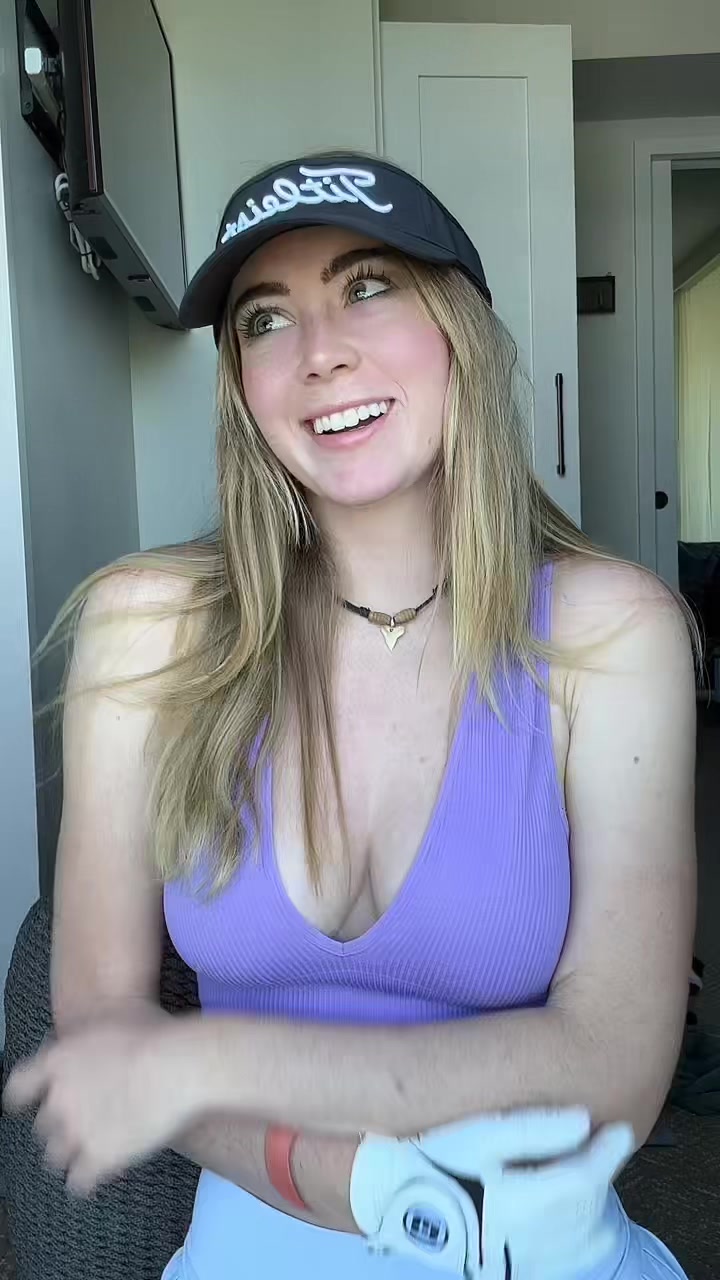

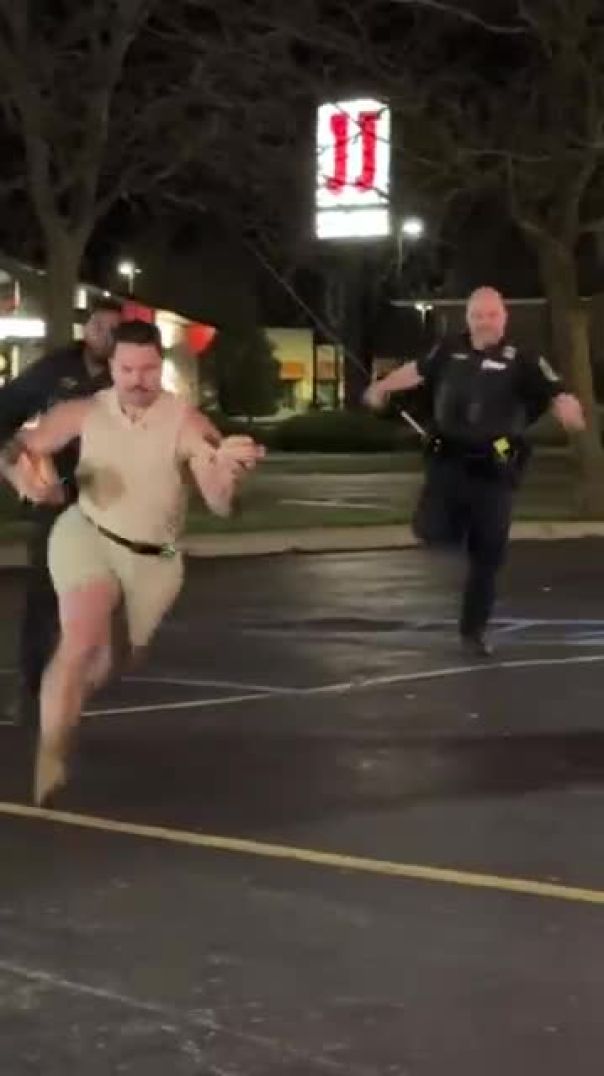

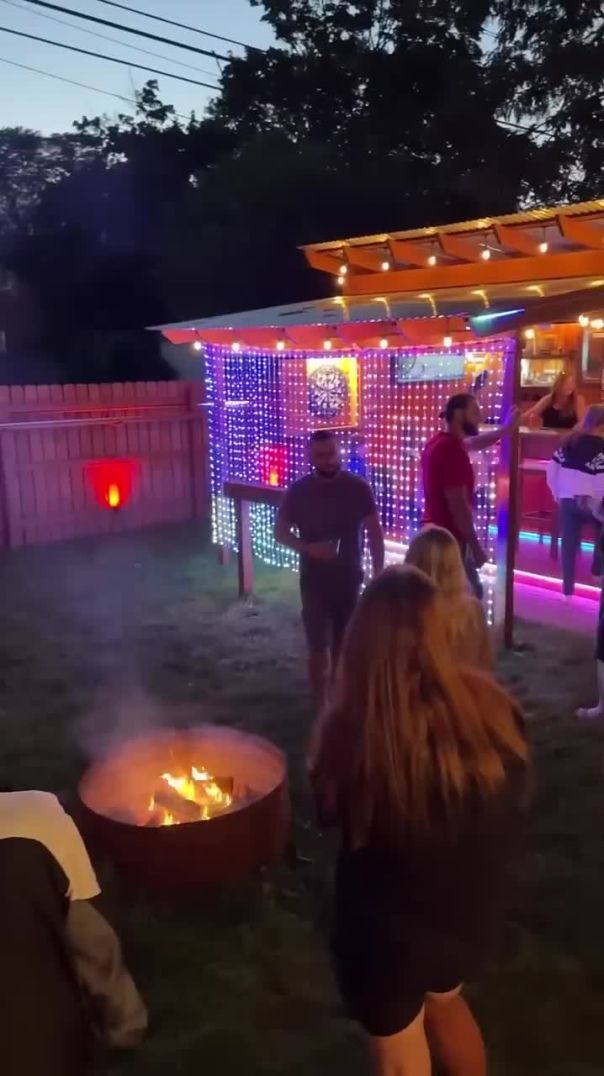
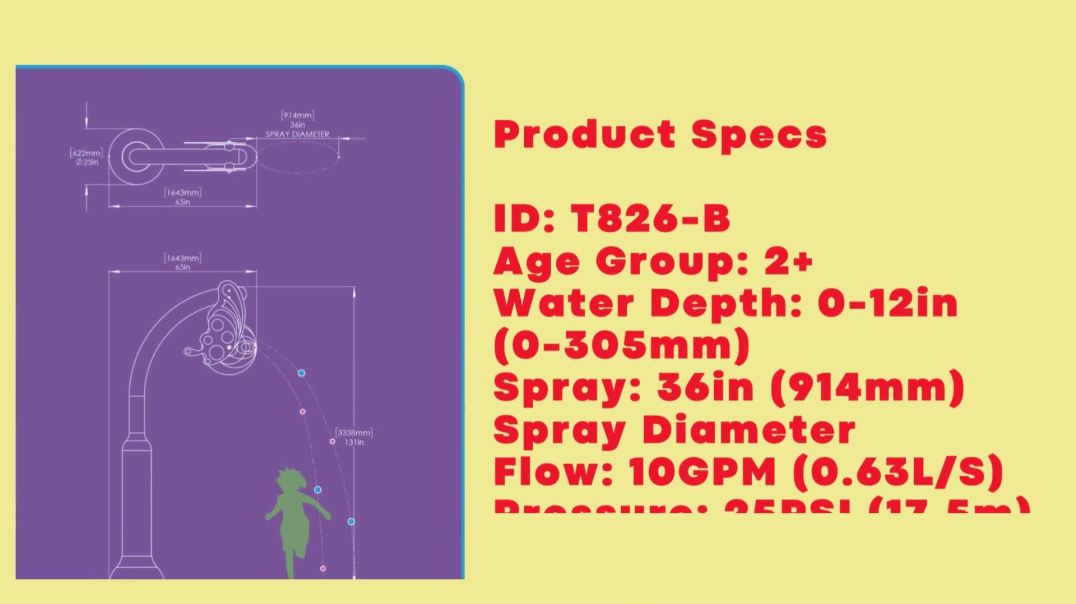




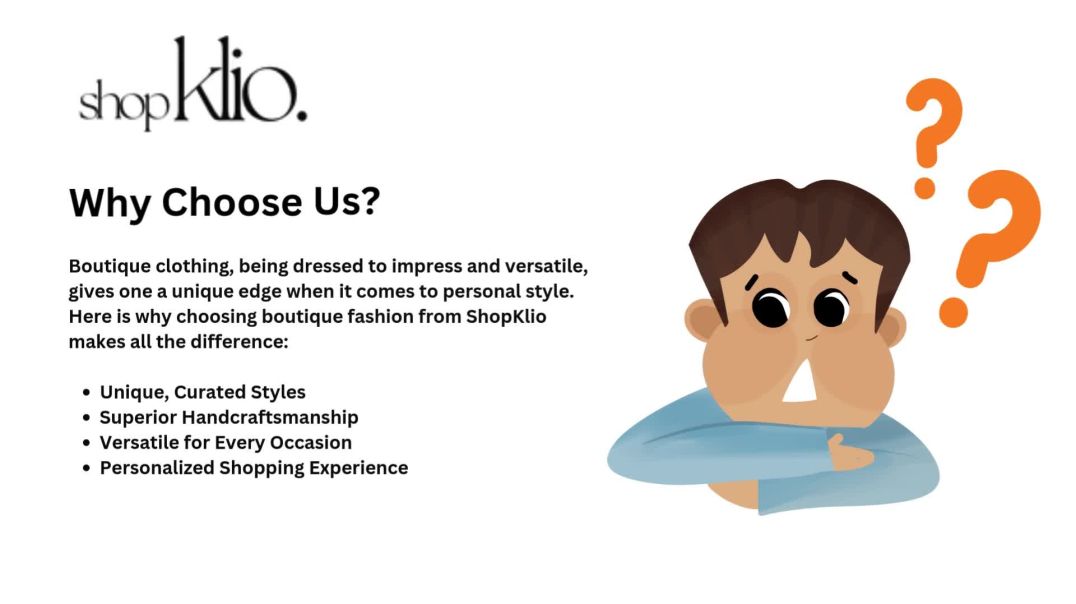

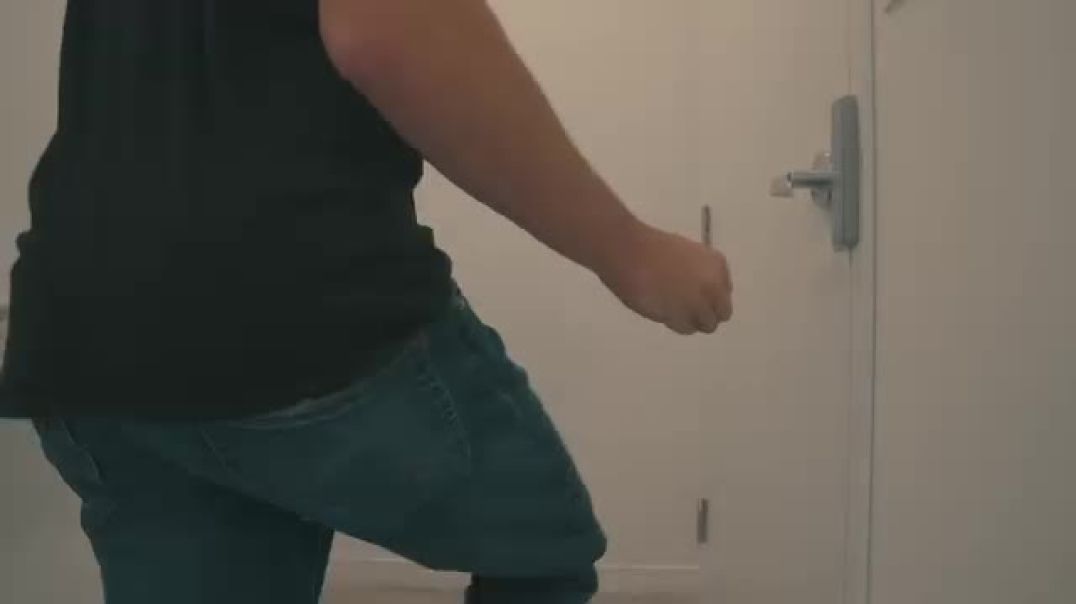












0 Comments